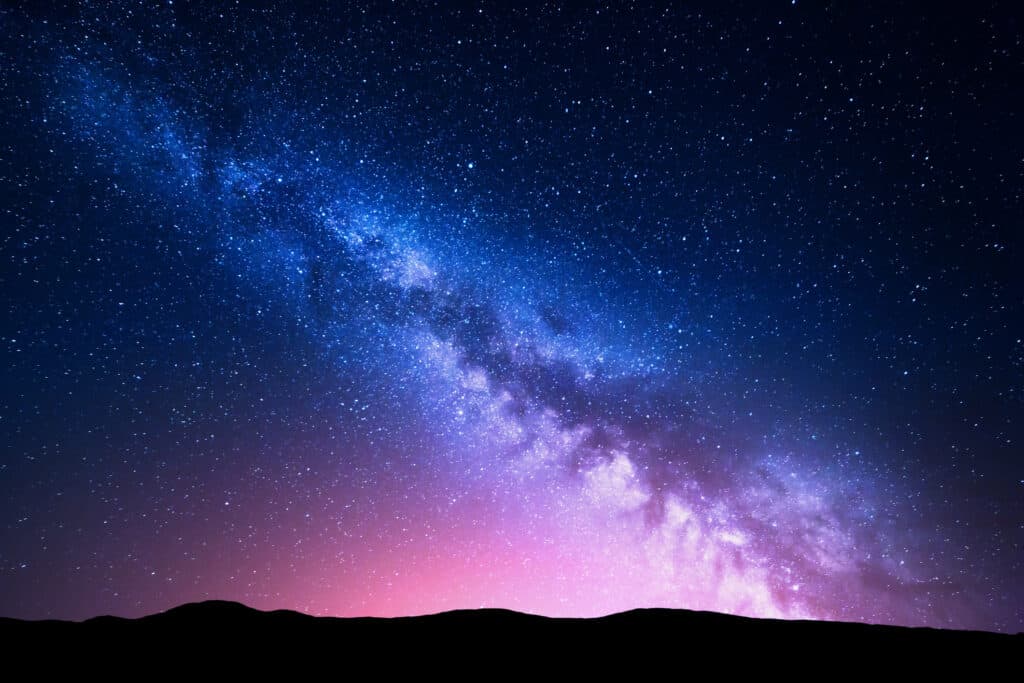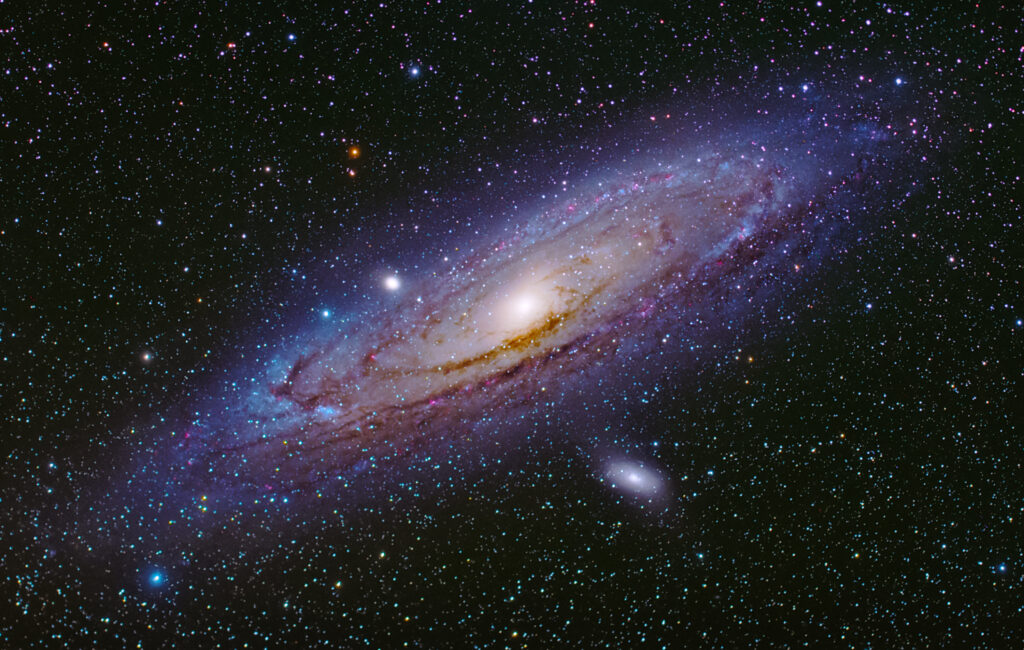The James Webb space telescope has caused quite a stir in the world as it continues to take the most astonishingly detailed pictures of the cosmos that humans have ever seen. As scientists figured when they launched the revolutionary machine into space, it has already started to reformat how we view the universe in a few fundamental ways! The beautiful thing about science is that that’s how it’s supposed to be, and new discoveries are something welcomed, not spurned. Still, despite this welcoming of knowledge, there are still some things that the telescope is capturing that is a bit… confusing!
A Timeless Problem

We can see into the past by catching light traveling from ancient locations.
©iStock.com/den-belitsky
One of the most recent discoveries from the James Webb telescope is the imaging of a group of galaxies that date back to only 600 million years from the “start” of the universe. While this fact isn’t, by itself, especially interesting, it’s the surrounding details that make are proving to be revolutionary.
Without getting too much into the weeds of things, humans can basically “look back in time” when we capture light that has been traveling from a really far-off place. For us to see something, whether in space or in our own eyes, we require light to bounce off of that object to then make its way to our own eyes (or telescope). Since light is so, so fast, we don’t notice a delay when we are walking down the street or living in our daily environments. In space, however, the distances are so vast that is can sometimes take billions of years for light to reach us after bouncing off or being created (stars) by something.
A “Massive” Discovery

Mega-massive galaxies from 600 million years after the start of the universe have scientists puzzled.
©Antares_StarExplorer/Shutterstock.com
Knowing that, we can essentially point our telescopes in the direction that we know the universe originated from and watch things from billions of years ago as the light from the events finally reaches us. Doing just that, the James Webb telescope has just caught sight of massive galaxies that are incredibly close to the start of the universe itself, around 600 million years from the start, but we aren’t sure how they formed quite yet.
It isn’t the fact that there are galaxies; it’s the fact that they are HUGE. We’ve seen smaller galaxies closer to the beginning, around 300 million years, but as it stands, these galaxies are much to big for any process we know of for them to have formed in such a short amount of time.
“While most galaxies in this era are still small and only gradually growing larger over time,” he said in an email, “there are a few monsters that fast-track to maturity. Why this is the case or how this would work is unknown.”
NPR – Ivo Labbe, Swinburne University of Technology
Some people are calling these galaxies “universe breakers,” but it’s most likely that we just don’t know how something could have formed as large as they are as fast as they did. Still, it’s very possible that these revelations will unseat some ideas that were historically held as concrete facts in the realm of science.
Is that a bad thing? Not at all. In fact, that’s part of the reason the telescope was launched in the first place!
The photo featured at the top of this post is © Antares_StarExplorer/Shutterstock.com
Thank you for reading! Have some feedback for us? Contact the AZ Animals editorial team.






